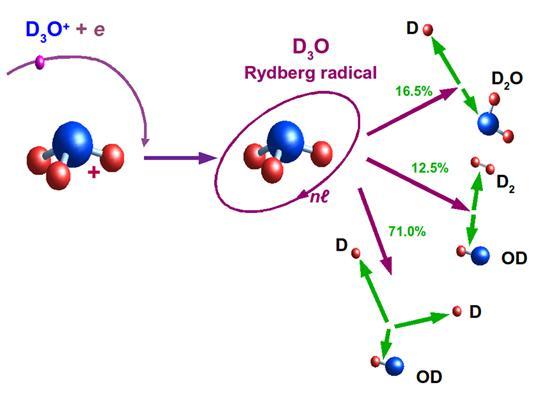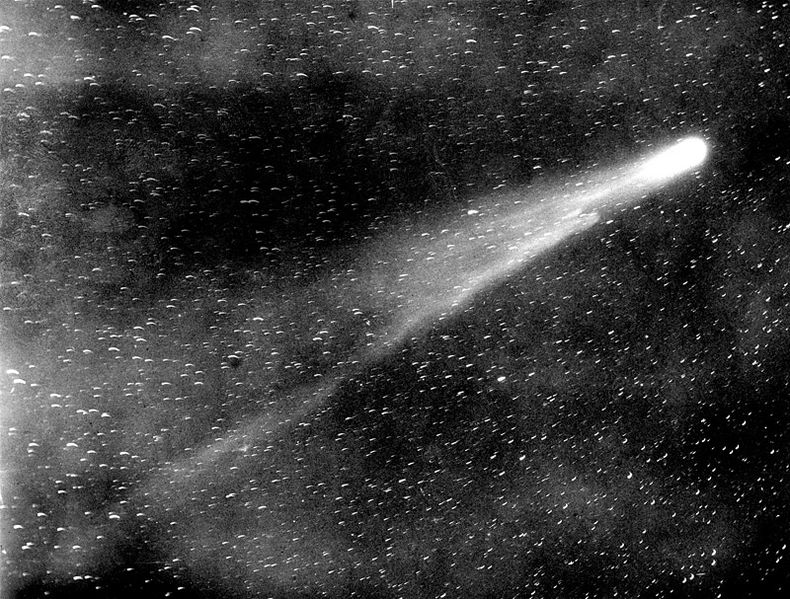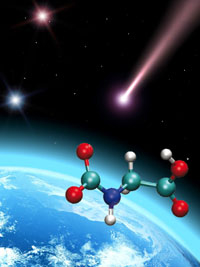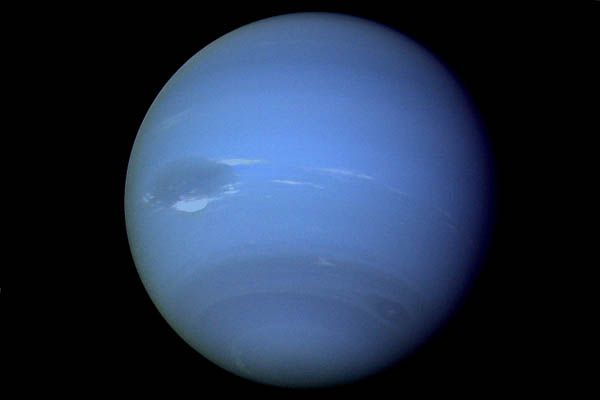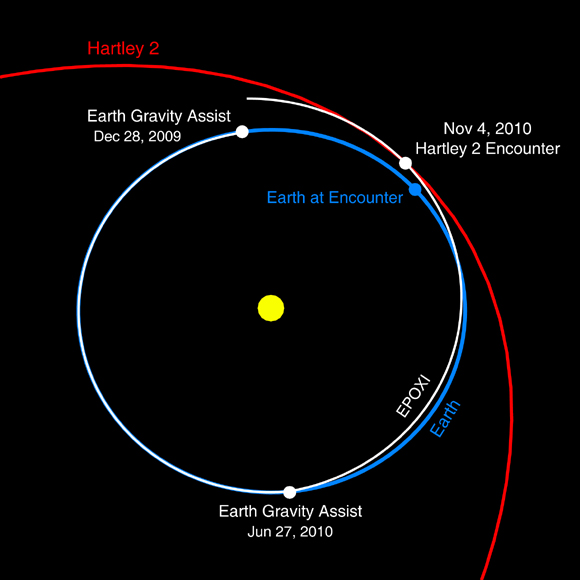. . . and from heaven a great star shall fall on the dread ocean and burn up the deep sea, with Babylon itself and the land of Italy, by reason of which many of the Hebrews perished,Are these lines from Book V of the Sibylline Oracles eschatological nonsense? Contemporary astronomical evidence suggests a historic basis for words describing cosmic calamity. British astronomers, Victor Clube and Bill Napier, in The Cosmic Winter (1990) and other recent works, provide students of the past with newly discovered celestial clues which indicate that Earth has been periodically pelleted with comet fragments throughout the Holocene period. The evidence for the break-up of a large (> 50 km), short period (approximately 3.3 years), Earth-orbit-crossing comet is substantial and should be considered as hard as anything a trowel might turn up. What astronomical information cannot convey is the actual effect these periodic bombardment episodes had on human culture; only further digging and sifting will illuminate that aspect.
. . . Be afraid, ye Indians and high-hearted Ethiopians: for when the fiery wheel of the ecliptic(?) . . . and Capricorn . . . and Taurus among the Twins encircles the mid-heaven, when the Virgin ascending and the Sun fastening the girdle round his forehead dominates the whole firmament; there shall be a great conflagration from the sky, falling on the earth;
OF THE
TIMES


